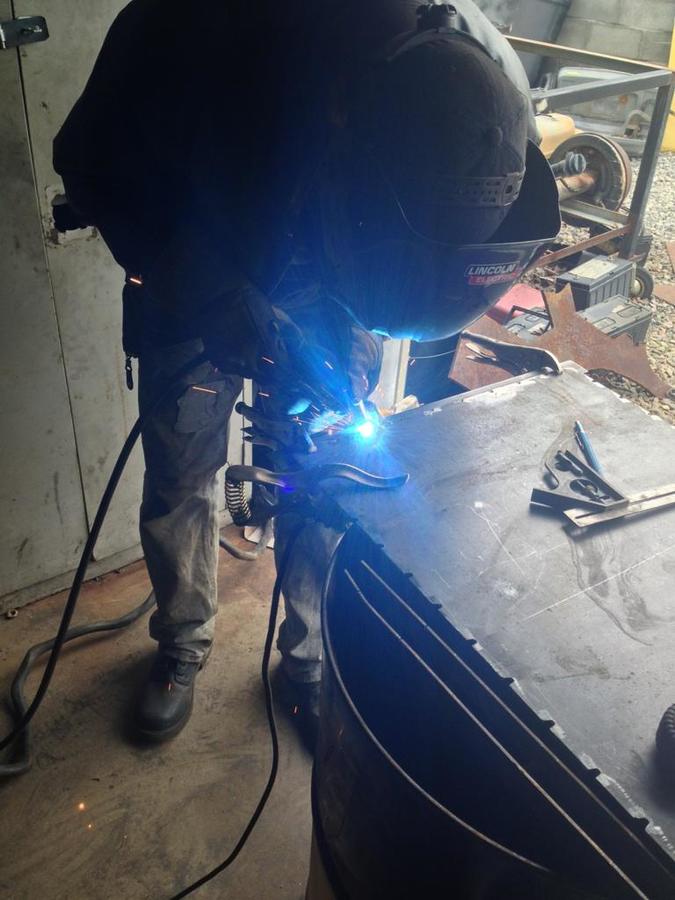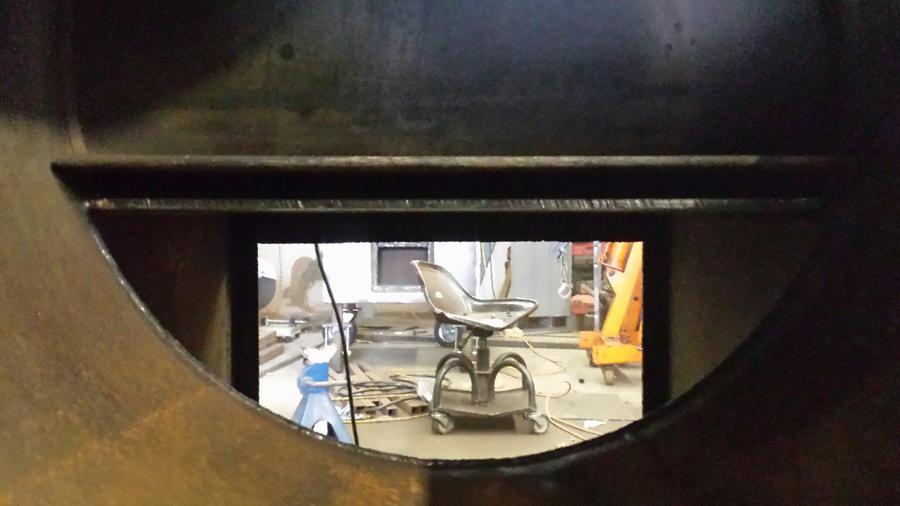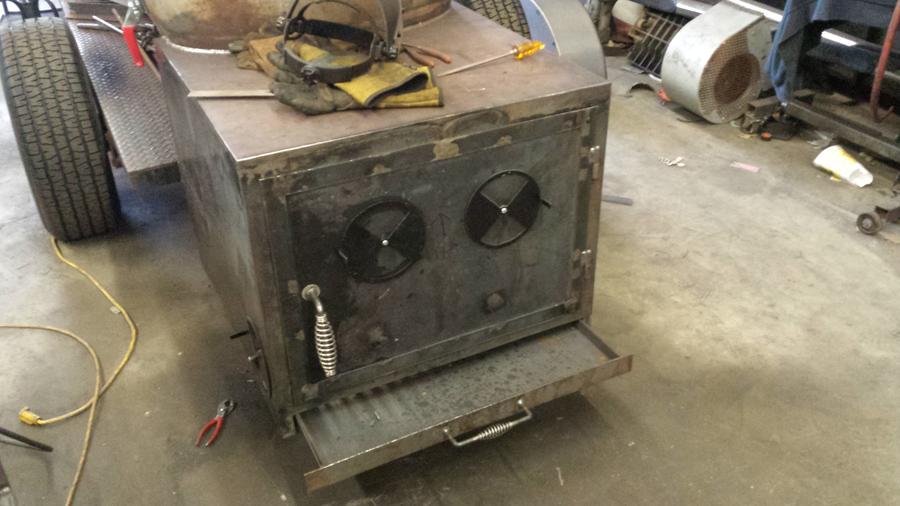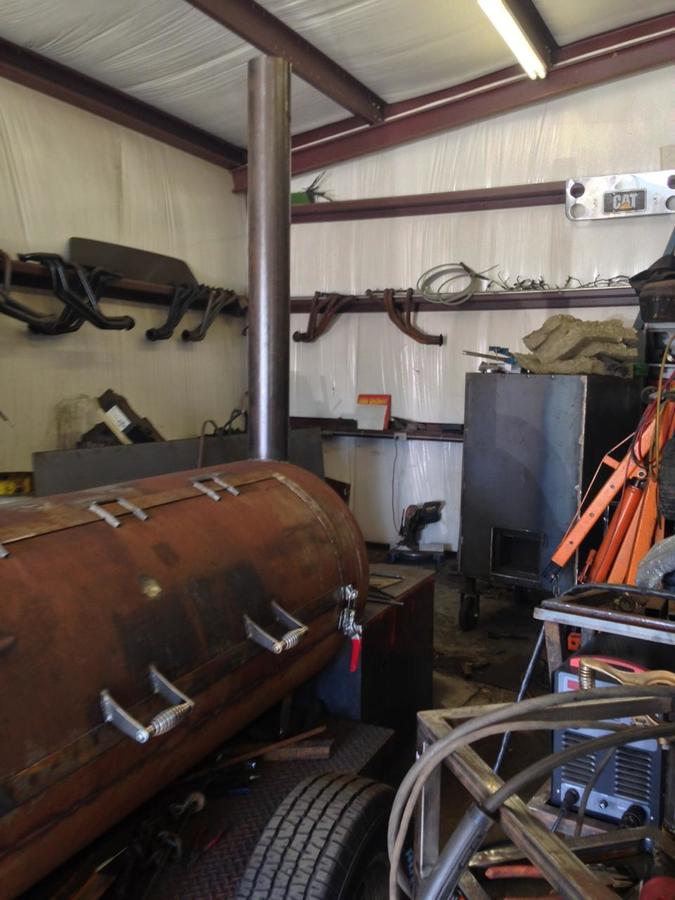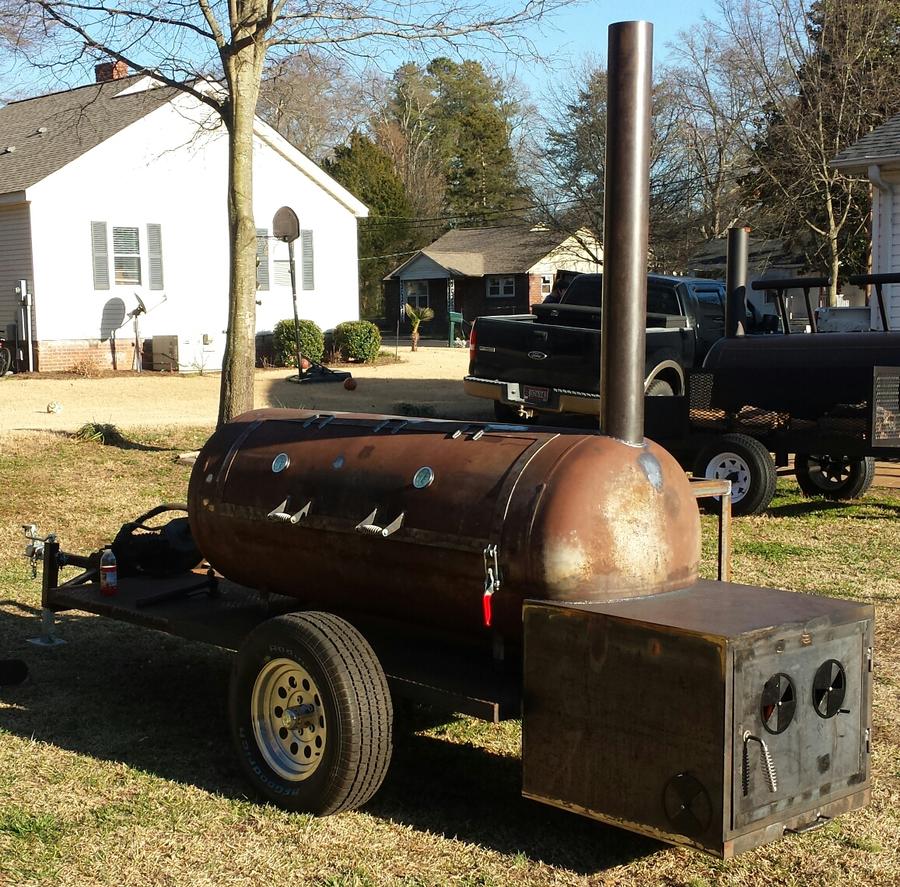jwsimpleville
Meat Mopper
That's how I built mine, and it works wonders to help even things out.
I see alot of people interpreting the air gap in different ways and if you plan it into the build then its clean and no one can tell its there.
I never took a picture of mine so I made it a special point to share this picture.
I see alot of people interpreting the air gap in different ways and if you plan it into the build then its clean and no one can tell its there.
I never took a picture of mine so I made it a special point to share this picture.


